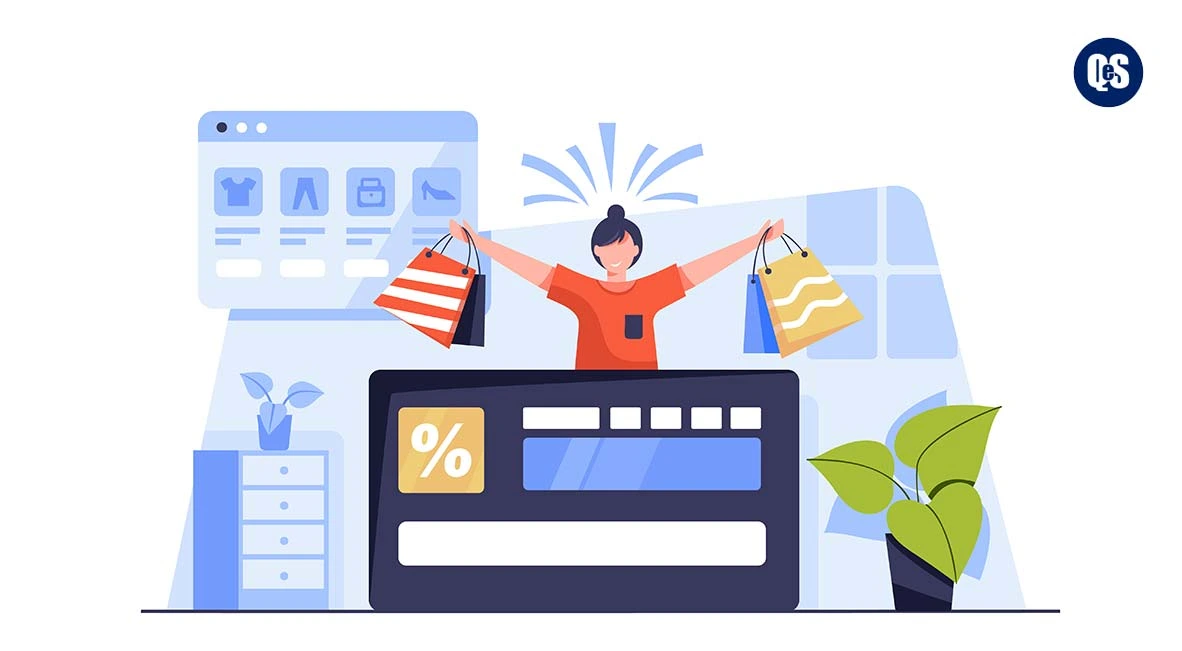How To Dodge The 5 Biggest Mistakes In eCommerce Store Setup
December 20, 2024Did you know that over 75% of online shoppers abandon a site if it’s too complicated or slow? Setting up an ecommerce store is an exciting journey, but it comes with its share of challenges. Many entrepreneurs dive in headfirst without fully understanding the nuances, which can lead to costly mistakes. Here’s a comprehensive guide to help you navigate the process and avoid the top five mistakes that could hinder your ecommerce success.
1. Neglecting Mobile Optimization
In today’s digital-first world, a significant portion of online shopping happens via mobile devices. Ignoring mobile optimization can drive potential customers away and damage your brand’s credibility. A mobile-friendly store isn’t just a perk—it’s a necessity.
Key Features to Focus On:
- Fast Loading Times: Ensure pages load within three seconds to retain user interest.
- Intuitive Navigation: Create easy-to-use menus and a clear product search function.
- Clear Call-to-Actions: Highlight buttons like “Buy Now” or “Add to Cart” with distinct designs.
Pro Tip: Platforms like Quick eSelling provide responsive templates that adapt seamlessly to any device. Regularly test your store on smartphones and tablets to ensure a smooth user experience.
2. Choosing the Wrong Platform
The foundation of your ecommerce store depends heavily on the platform you select. Opting for one that doesn’t meet your business’s unique needs can limit growth and functionality, leading to missed opportunities.
How to Choose Wisely:
- Budget: Consider both initial and ongoing costs. Quick eSelling provides a free platform to start with no upfront expenses.
- Scalability: Ensure the platform supports seamless growth as your business expands.
- Features: Look for essentials like payment gateways, shipping options, and multi-currency support.
Recommended Platforms:
- Quick eSelling: Free pA user-friendly option for quick deployment with robust features.
- Shopify: good for larger inventories and customizations.
- WooCommerce: good for WordPress users.
3. Overlooking SEO for your
Search Engine Optimization (SEO) is a cornerstone of ecommerce success. Without it, your store risks being invisible to potential customers. SEO ensures your products appear in search results, driving organic traffic to your site.
Avoid These SEO Pitfalls:
- Ignoring keyword research.
- Neglecting meta tags and descriptions.
- Using duplicate or non-optimized product content.
Effective SEO Practices:
- Keyword Strategy: For example, an eco-friendly brand could target phrases like “sustainable shopping” or “green lifestyle products.”
- Tool Suggestions: Diversify research with Ahrefs, Moz, or SEMrush.
- Internal Linking: Connect related products and categories to improve navigation and boost SEO rankings.

4. Complicated Checkout Process
A lengthy or confusing checkout process is a surefire way to lose customers. Shoppers expect simplicity and speed when making online purchases.
Common Mistakes:
- Requiring excessive information fields.
- Forcing account creation before completing purchases.
Streamline Your Checkout:
- Offer guest checkout options.
- Integrate multiple payment methods, including wallets and Buy Now, Pay Later (BNPL) services.
- Use clear, concise instructions to guide customers.
Pro Tip: Simplify the checkout experience with platforms like Quick eSelling, which supports multiple payment gateways and a user-friendly checkout flow.
5. Ignoring Analytics and Performance Metrics
You can’t manage what you don’t measure. Skipping analytics setup prevents you from understanding customer behavior and optimizing your store effectively.
Why Metrics Matter:
- Bounce Rate: High bounce rates might indicate slow-loading pages or irrelevant content.
- Conversion Rate: Low conversions could signal issues with pricing, product descriptions, or checkout steps.
- Average Order Value: Identifies opportunities for upselling and cross-selling.
How to Leverage Data:
- Use Google Analytics or built-in tools from Quick eSelling.
- Take actionable steps like redesigning high-bounce pages or refining pricing strategies based on customer insights.
Final Thoughts on for your eCommerce store
Setting up an ecommerce store is a rewarding journey, but avoiding these common mistakes can save you time, money, and frustration. By prioritizing mobile optimization, choosing the right platform, investing in SEO, simplifying the checkout process, and leveraging analytics, you’re paving the way for e-commerce success.
For more tools and expert tips to simplify your e-commerce journey, visit Quick eSelling and see how their platform can transform your online store into a thriving business. Quick eSelling and see how their platform can transform your online store into a thriving business.
Read More:
